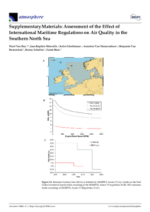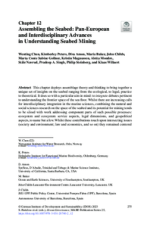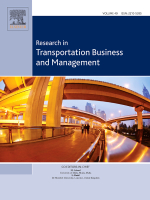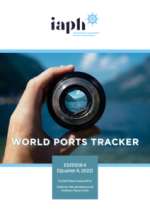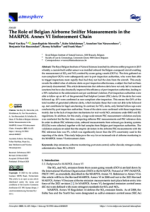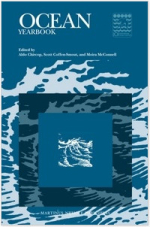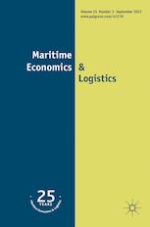Operational productivity and financial performance of pure transhipment hubs versus gateway terminals : an empirical investigation on Italian container ports
(2023) RESEARCH IN TRANSPORTATION BUSINESS AND MANAGEMENT. 47.
The sea-sea transhipment of containers between vessels has become a key part of the container handling ac-tivities in the global maritime shipping network constituting 25.8% of the worldwide container port throughput in 2017 (Drewry Shipping Consultants, 2018). Since the 1990s, the global port system has seen the development of pure transhipment hubs close to interoceanic passages (Straits of Malacca, Suez Canal, Panama Canal, etc.) and port sites at other strategic maritime locations. Some regional markets, such as the Mediterranean Sea, seem to offer the right conditions for the emergence of pure transhipment hubs characterized by a transhipment incidence, i.e., the share of sea-sea transhipped containers in the terminal's total container traffic, of >65% (Notteboom et al., 2019). Although prior academic papers have stressed main issues related to pure transhipment hubs' competitive and operational performance, no contributions have investigated their link with economic and financial performance. This paper aims at analysing the main drivers that are expected to shape transhipment hubs' profitability and to compare their financial performance with gateway terminals (focused on import/export cargo only) and ter-minals handling a mix of gateway and transhipment flows. A database is developed consisting of the operational, economic and financial data of main Italian container terminals for the period 2009-2020. An OLS statistical model is tested for investigating the relationships between economic-financial performance and technical -operational performance of pure transhipment hubs compared to gateway and mixed terminals. The findings reveal that, for the same operational performance, terminals predominantly focused on tran-shipment activities tend to reach significantly lower levels of profitability compared to gateway and mixed terminals. It is also demonstrated that these terminals have a lower ability to create a positive cash flow and income compared to gateway and mixed terminals. The research outcomes provide useful insights for both port managers and policy makers involved in the development and management of pure transhipment hubs.


